The Key to Successful Marketing: A Step-By-Step Guide To Defining Your Ideal Client
In this blog, we’ll guide you through the process to identify your ideal client, which will enable you to tailor your marketing strategies more effectively. By doing so, you’ll be better equipped to create targeted marketing campaigns that resonate with your audience, optimize resource allocation, and ultimately drive business growth.
Primary and Secondary Audiences
First let’s look at understanding the differences between your primary and secondary audiences to help create targeted marketing, and develop effective strategies.
- Primary Audience: This group consists of your core customers who are most likely to purchase your products or services. They are the main focus of your marketing efforts because their high level of engagement, loyalty, and frequent interactions with your brand make them invaluable.
- Secondary Audience: This group comprises potential customers who are less engaged but still interested in your products or services. While they may not be as active or loyal as your primary audience, they represent a significant opportunity for growth.
Example for a Counsellors Audiences:
- Primary Audience: Clients with ongoing mental health issues who regularly attend therapy, frequently engage, and rely on consistent support for anxiety, depression, or trauma.
- Secondary Audience: Clients seeking occasional therapy for personal growth or life transitions, dealing with work or relationship stress, or seeking preventive care.
Step-By-Step Guide To Identify Your Ideal Client
By now, you should have a clearer understanding of how to identify your ideal client. This crucial step will enable you to create targeted marketing campaigns that resonate with your audience, optimize resource allocation, and ultimately drive business growth.
To put these insights into action, follow these steps:
- Define Your Audience: Reflect on the characteristics, values, and behaviors that make up your audience.
- Write Their Story: Develop a detailed narrative for your ideal client.
- Create a Visual Representation: Craft a vision board that visually represents your ideal client.
By using these steps, you’ll enhance your ability to connect with your audience, build meaningful relationships, and achieve long-term business growth.
Define Your Audience
Let’s begin with defining who your audience is. This will provides valuable insights into the broader market and highlight potential growth opportunities. By understanding who your audience is, you can tailor your marketing strategies to effectively reach and engage this audience, ultimately driving business growth and success. Let’s think about your audience and make notes on the following to build your ideal client:
Demographic Information: Consider your ideal customer’s age, gender, location (urban, suburban, or rural), occupation, education level, income range, and family status (single, married, or parents).
Psychographic Information: Reflect on their interests and hobbies—what are their passions and pastimes? Think about the values and beliefs that guide their decisions and lifestyle. Consider their personality traits, whether they are adventurous, cautious, friendly, introverted, etc. Lastly, visualize their lifestyle and what a typical day in their life looks like.
Behavioral Information: Consider their buying behavior, shopping preferences (online, in-store, or both), brand loyalty, and factors influencing their purchasing decisions (price, quality, brand reputation).
Pain Points and Challenges: Identify the problems your ideal client faces that your product or service can solve. Consider their unmet needs and frustrations with current solutions. Tailor your offerings to meet their specific needs and provide effective solutions.
Goals and Aspirations: Consider your ideal client’s short-term goals and long-term aspirations. Understanding both will help you create strategies that resonate with their journey and support their success.
Media Consumption: Identify the social media platforms or websites your ideal client frequents. Consider their content preferences, such as blogs, videos, and podcasts. Understanding their favorite channels and content preferences will help you engage with your audience more effectively.
Write Their Story
With the detailed information about your audience in hand, it’s time to create your ideal client story. This narrative will help you craft a relatable and engaging story that ensures your marketing strategies resonate and connect effectively with your target audience. Let’s dive into this important step to enhance your marketing efforts.
Example Persona
- Name: Jane Doe
- Age: 34
- Occupation: Professional in a corporate setting, looking to improve her mental well-being
- Location: Urban area
- Interests: Mindfulness, reading, traveling
- Values: Personal growth, mental health, self-care
- Buying Behavior: Seeks services that promote well-being and mental health
- Goals: Achieve work-life balance, enhance mental resilience, and improve overall well-being
- Behavior: Regularly engages in mindfulness practices, follows mental health advocates, participates in wellness workshops
- Challenges: Managing stress and anxiety, balancing demanding professional life with personal needs, finding time for self-care
Next, go ahead and enter your ideal client’s persona into AI to generate an authentic story like this example:
Jane Doe is a 34-year-old professional working in a high-pressure corporate environment in an urban area. She is passionate about mindfulness, reading, and traveling, which help her manage stress and maintain a sense of balance. Jane values personal growth, mental health, and self-care, and these principles guide her daily decisions and lifestyle. Despite her accomplishments at work, Jane often feels overwhelmed by the demands of her job. She experiences stress and anxiety, which affect her overall well-being and productivity. Jane is determined to find a way to balance her demanding professional life with her personal needs and is actively seeking support to enhance her mental resilience.
Jane frequently engages in mindfulness practices, follows mental health advocates on social media, and participates in wellness workshops. She is drawn to services and products that promote well-being and mental health. Jane prefers therapists and wellness professionals who understand her challenges and offer practical solutions to help her achieve her goals. Jane’s primary goals are to achieve a better work-life balance, enhance her mental resilience, and improve her overall well-being. She seeks therapeutic support to manage her stress and anxiety, develop coping strategies, and find time for self-care amidst her busy schedule. By understanding Jane’s story, therapists can tailor their services and marketing strategies to resonate with her needs and values, ultimately building a strong and supportive therapeutic relationship.

Create a Visual Representation
As the final step, creating a vision board helps you visualize and gain a deep understanding of your ideal client, making it easier to tailor your approach and connect more effectively. To create this visual representation, gather magazines, scissors, glue, and large sheets of paper, or use a digital tool like Canva to craft a collage. Fill it with images, words, and symbols that embody the characteristics, values, and interests of your ideal client. This exercise will provide clarity and inspiration, allowing you to connect with your audience on a deeper level.
Identifying your ideal client is a crucial step in creating effective marketing strategies that resonate with your audience and drive business growth. By understanding the unique characteristics, values, and behaviors of your ideal client, you can tailor your marketing efforts to meet their specific needs and preferences. This targeted approach not only enhances engagement and loyalty but also optimizes resource allocation and improves overall marketing effectiveness.
Take the time to identify your ideal client by defining your audience, writing their story, and creating a visual representation to guide your marketing strategies. By doing so, you’ll gain valuable insights into the broader market and uncover potential growth areas. Start implementing these steps today and watch your business thrive as you attract and connect with the right clients.
The more you understand your audience, the better equipped you’ll be to build meaningful connections and achieve sustained success.





